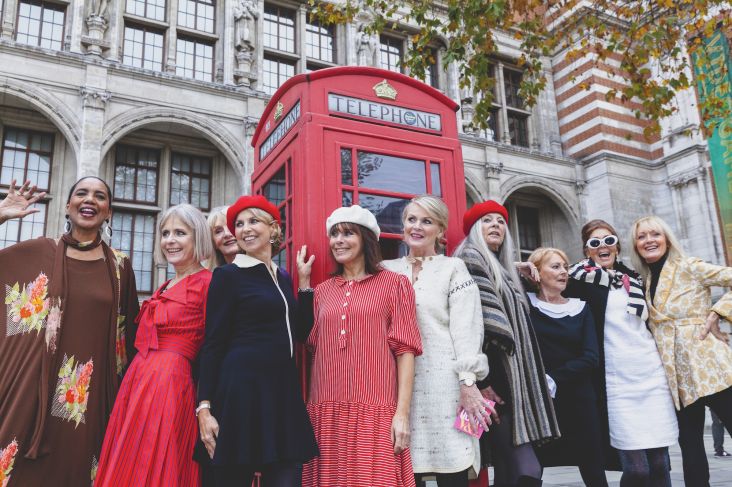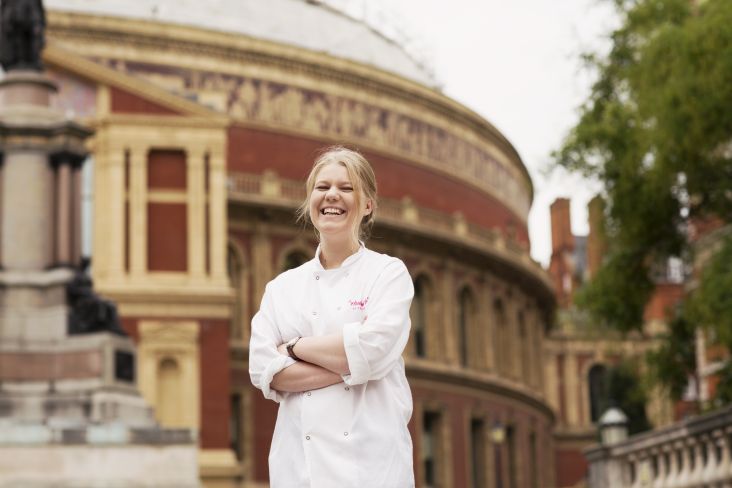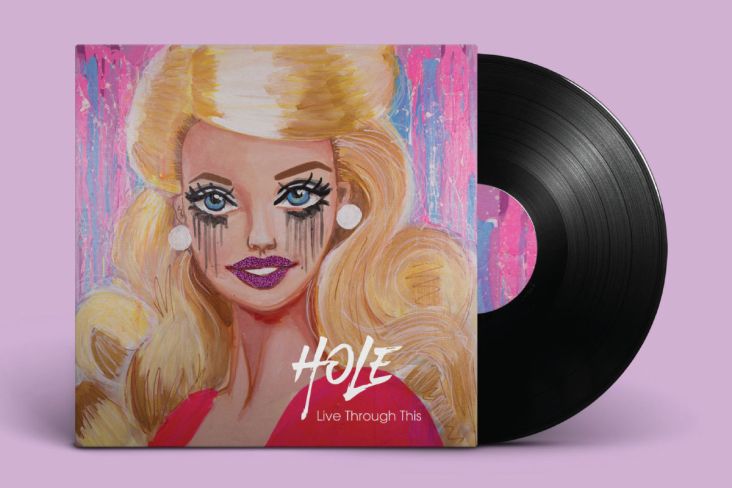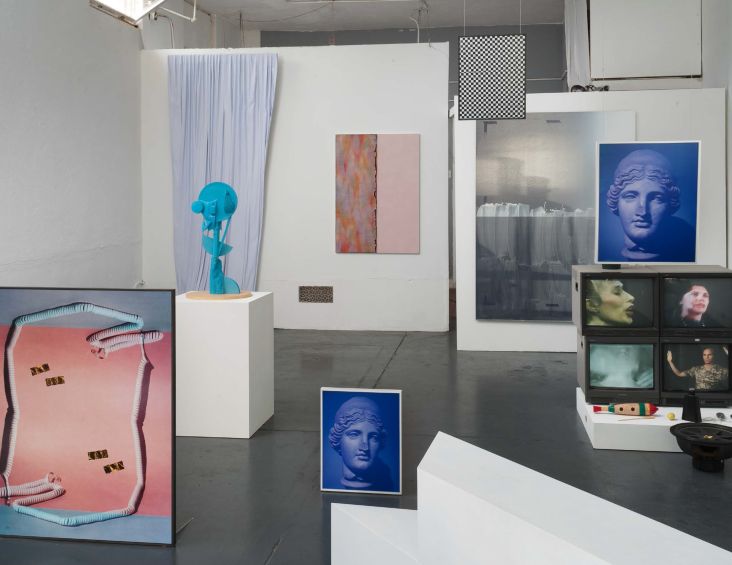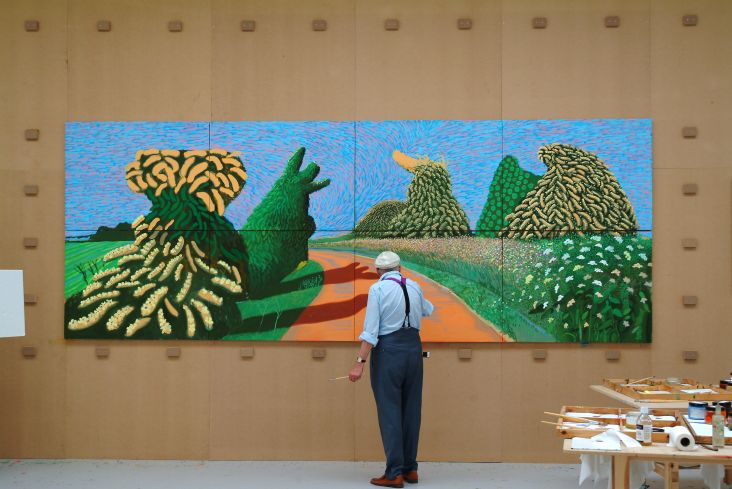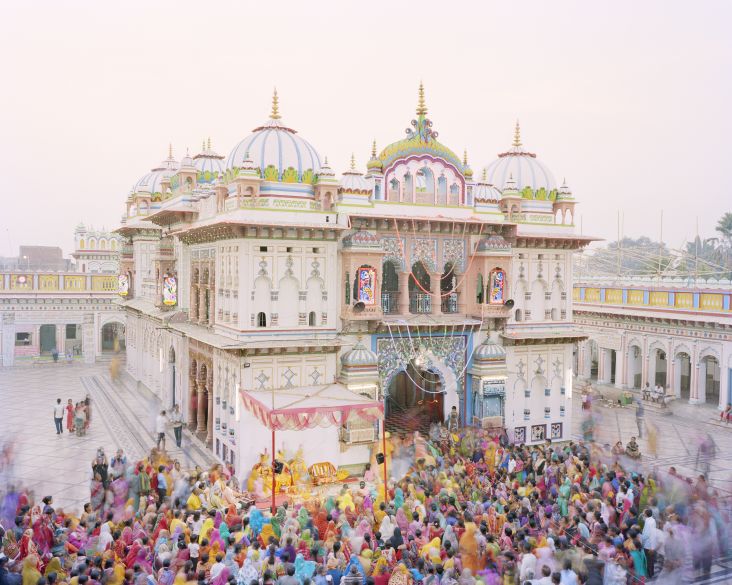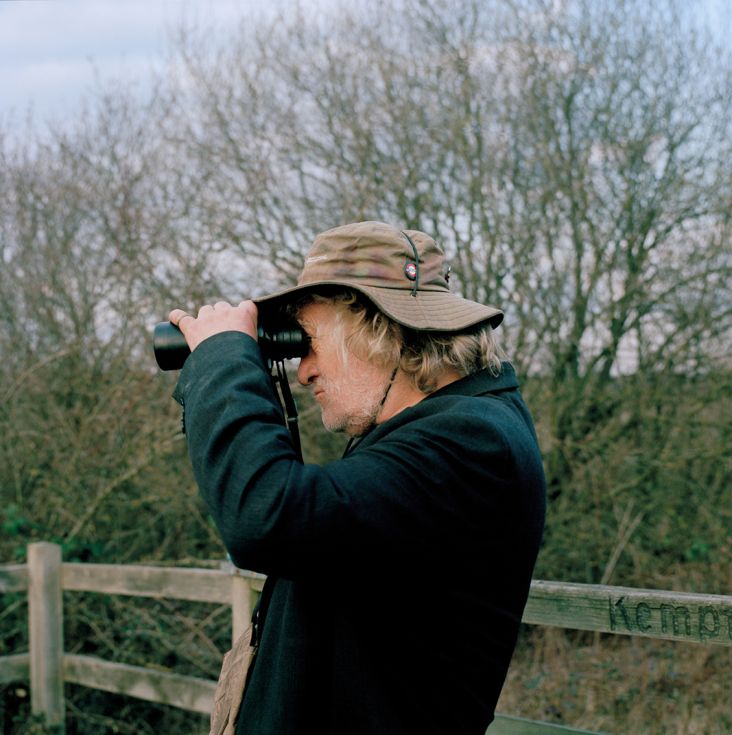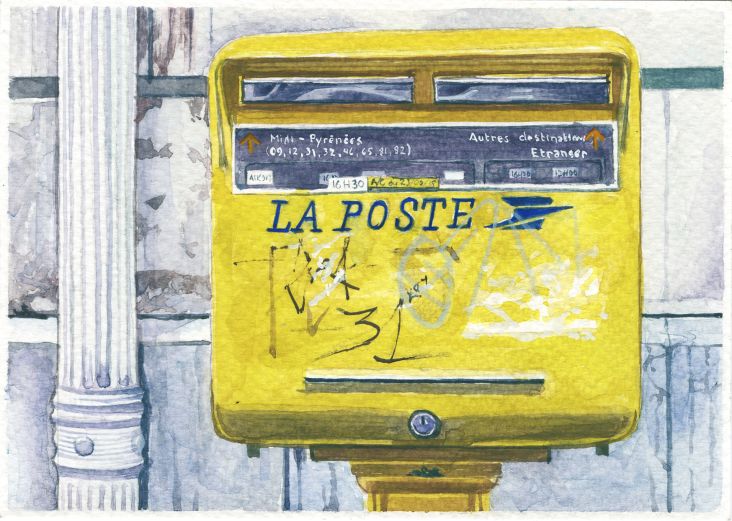Ai Weiwei brings his unique voice to LA for the first time with Cao / Humanity
Prolific Chinese artist and activist Ai Weiwei’s Cao / Humanity is an affirmation of the central themes to much of his work - freedom, expression, and individuality.
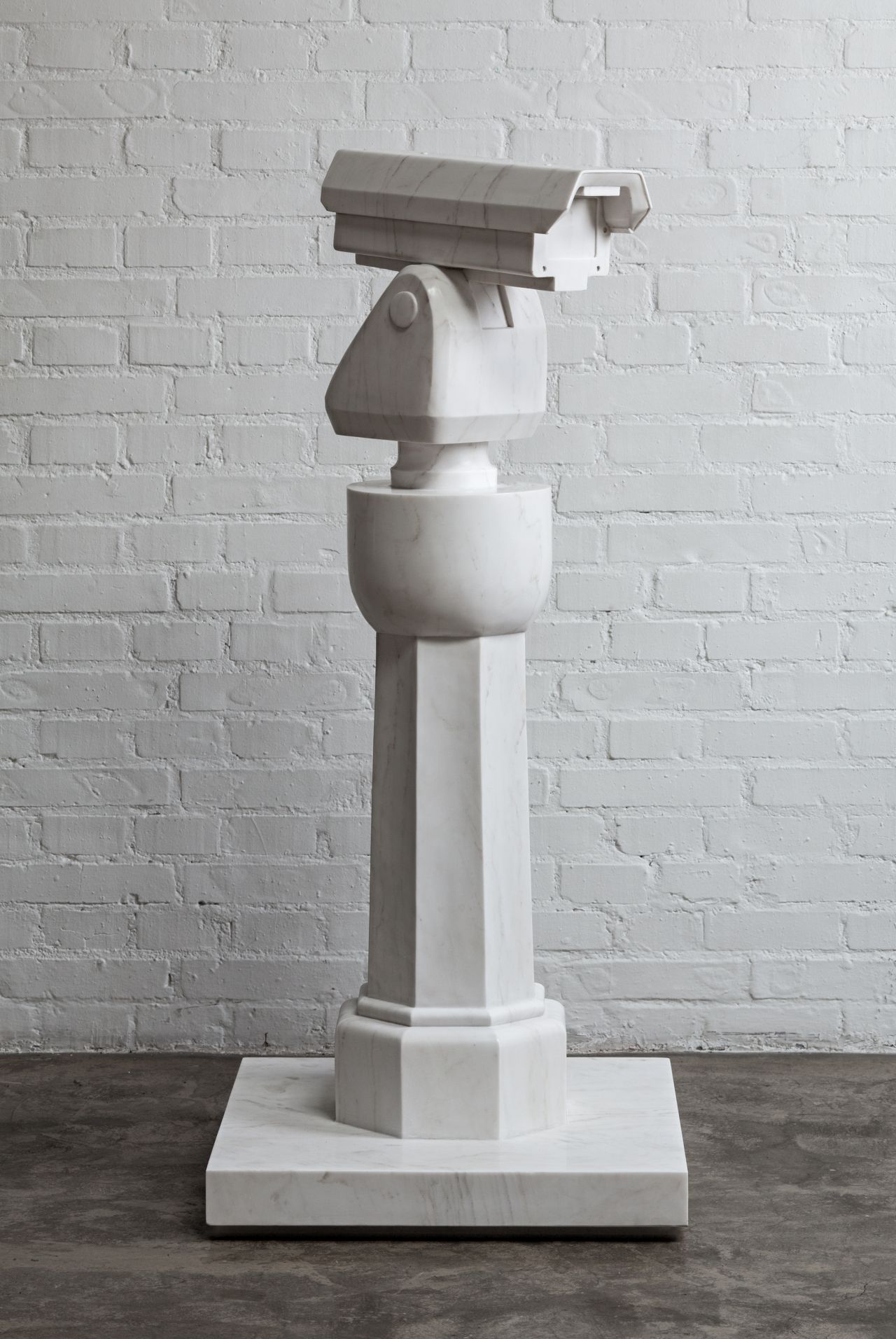
Camera with Plinth (2018)
This is Ai’s first exhibition in Los Angeles and the only architectural project he’s undertaken in the United States, having designed the new UTA Artist Space location in Beverly Hills himself.
It’s all part of an LA ‘takeover’ for Ai, with a trio of galleries showcasing his work this Autumn. There’s also Life Cycle at the Marciano Art Foundation, a sculptural response to the global refugee crisis, and Zodiac, which will be the inaugural show at the Jeffrey Deitch Gallery. Home to a thriving population of immigrants, including many from China, and sitting nearly exactly opposite Beijing across the span of the Pacific, LA provides a fitting environment for the themes of Ai's art.
Central to Cao / Humanity is a new collective performance project: Humanity, a reaction to the tens of millions displaced by war, famine and climate crises. Visitors will have the chance to record a reading of an excerpt from Ai’s book Humanity in the gallery, with those messages then collected and presented publicly at UTA Artist Space through a video projection, updated daily. The project seeks to involve people from all backgrounds, and Ai is inviting people from anywhere to lend their voice too by recording themselves for social media too.
Cao presents a wide range of his work, from the iconic middle finger motif wallpapered through the space and the glass sculpture Up Yours (2017), to Iron Tree Trunk (2015), a collection of individual pieces welded together into a deceptively life-like form, which weighs nearly two tonnes.
“Cao” means “grass” in Mandarin, but with a shift in the intonation, it can also be an expletive (it’s often followed by “your mother”). It’s a commentary on the plant’s role within society - regularly trimmed and often abused, the way we use the grass is a big middle finger in the face of mother nature.
At the centre of the exhibition stands the sculpture Cao (2014). Just eight inches tall, it’s comprised of 727 individual tufts, sculpted in marble. Also rendered in marble is a security camera, Camera with Plinth (2018), modelled after the 20-odd devices strung up by the police around Ai’s home in Beijing after his arrest in 2011, and a replica of a traditional Chinese lantern, Marble Lantern (2014), which Ai hung by the cameras in a mocking acknowledgement of his surveillance.
Another piece that gestures towards the authoritarian state is Ceiling Lamp with Stars (2014), which highlights the Communist Party elite of the ‘50s and ‘60s, when such lamps were found only in the homes of high-ranking officials—a time when Ai’s father, the renowned poet Ai Qing, was exiled for political dissent. Then there are Marble Doors (2012), a jumble of doors familiar from the construction (and destruction) sites that litter the rapidly expanding landscapes of China’s growing megalopolises, and Hands Without Bodies (2018), in which unidentified hands are locked in a formal handshake gesture, which Ai describes as a “meaningless act in the struggle for political advantage and friendship.”
Ai Weiwei: Cao / Humanity is on view at UTA Artist Space, Beverley Hills, until 1 December 2018.
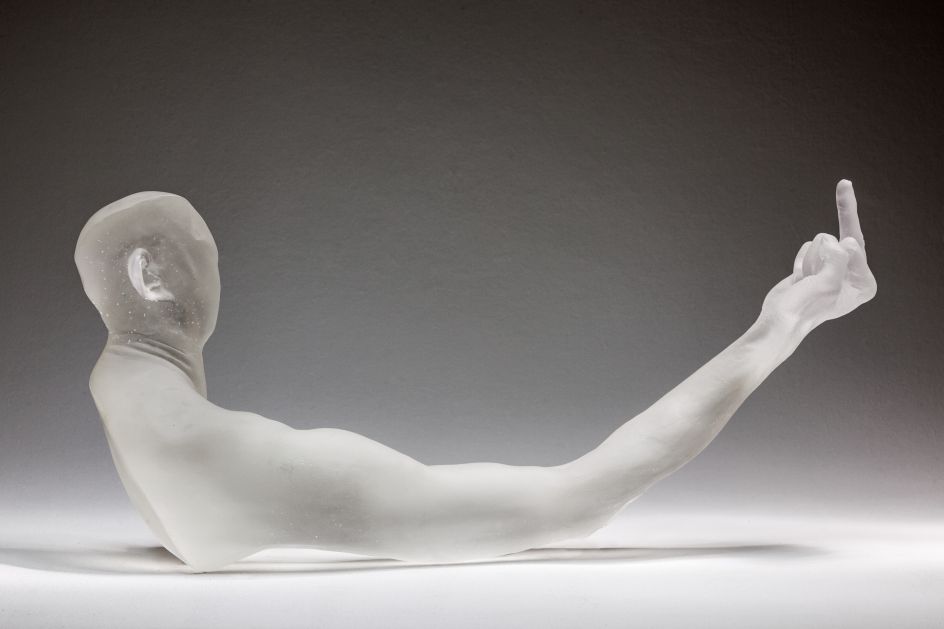
Up Yours (2017)
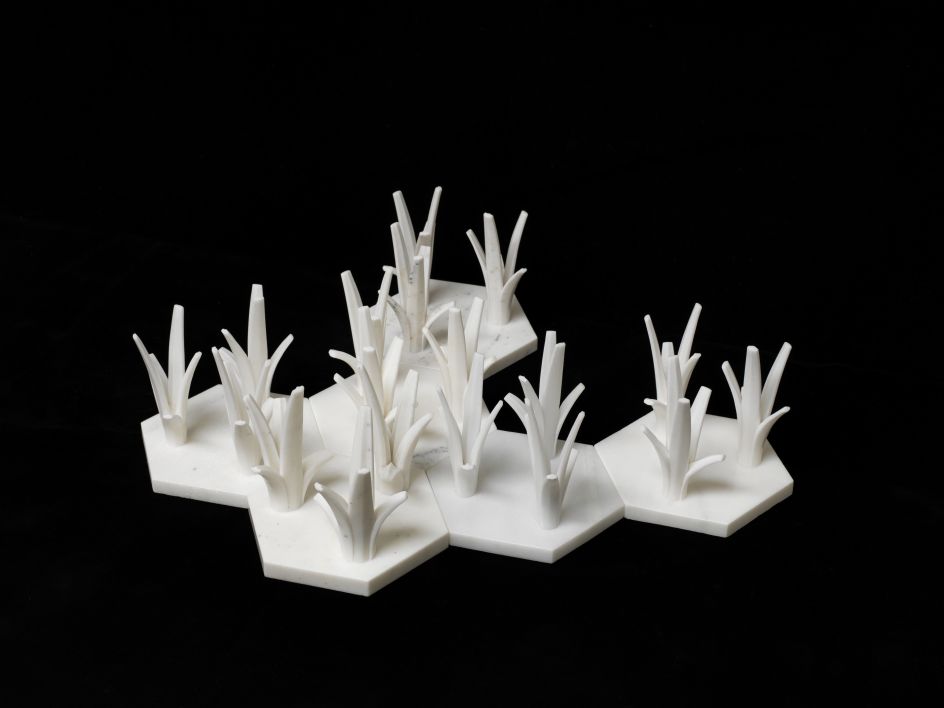
Cao (2014)
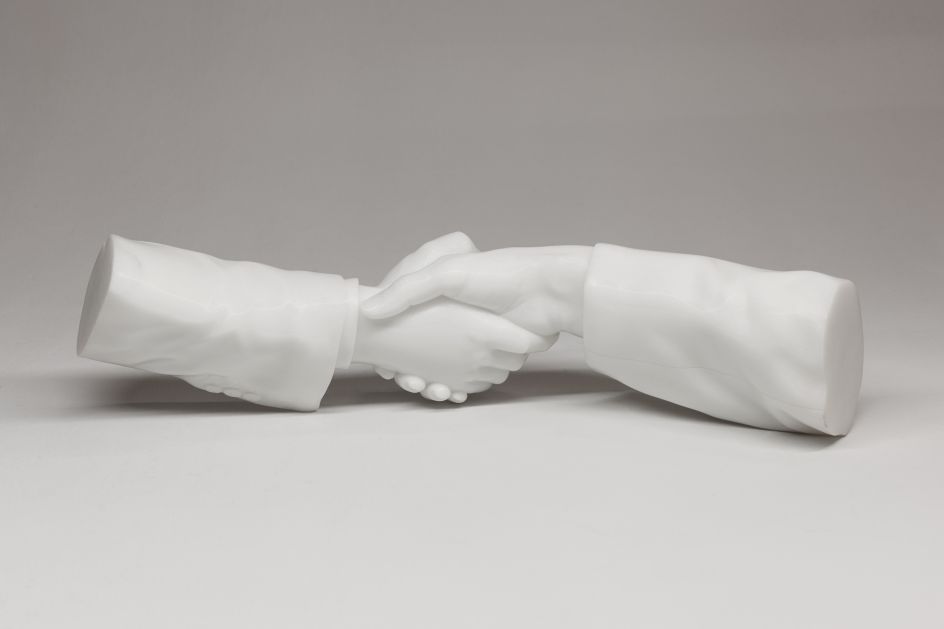
Hands without Bodies (2018)
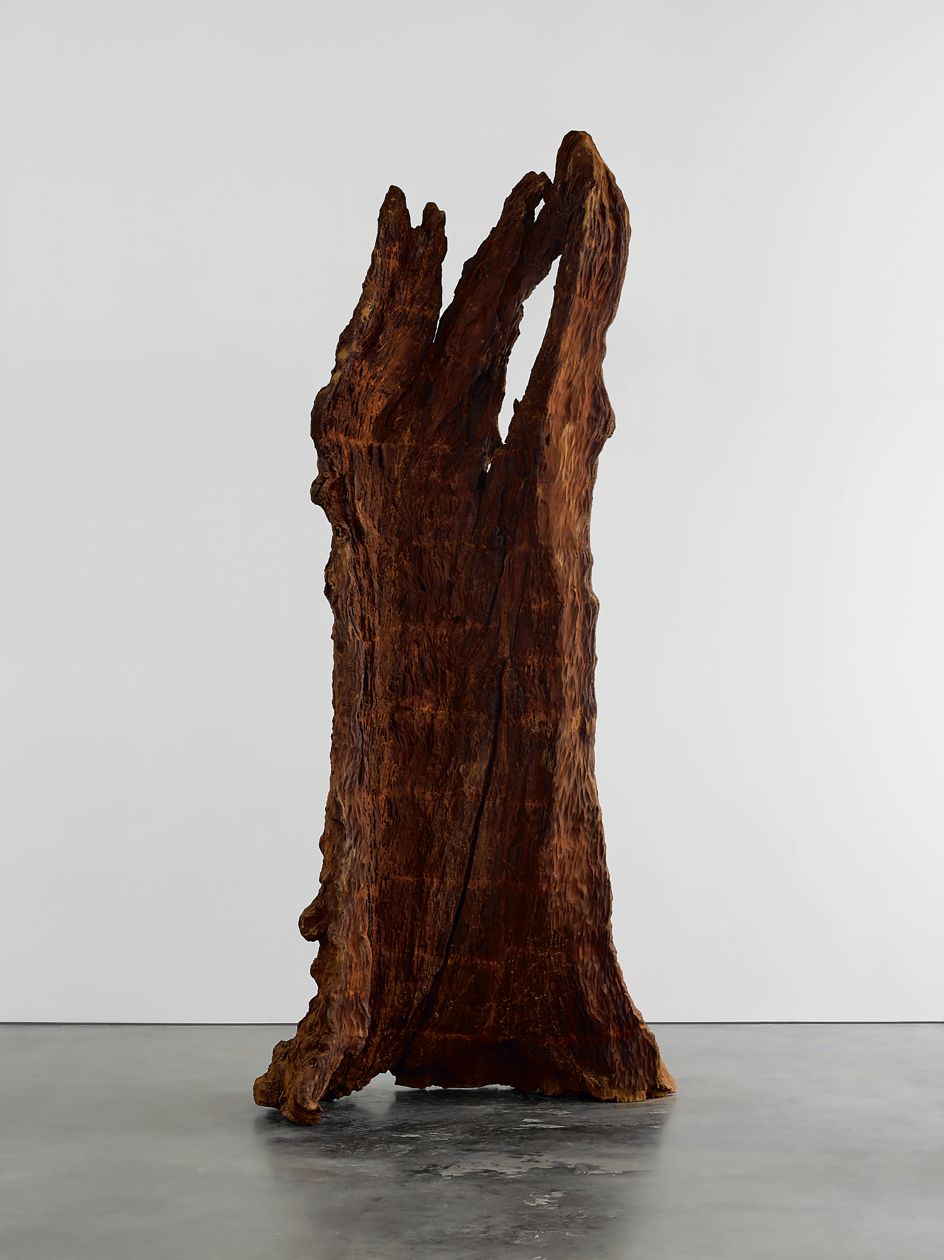
Iron Tree Trunk (2015)
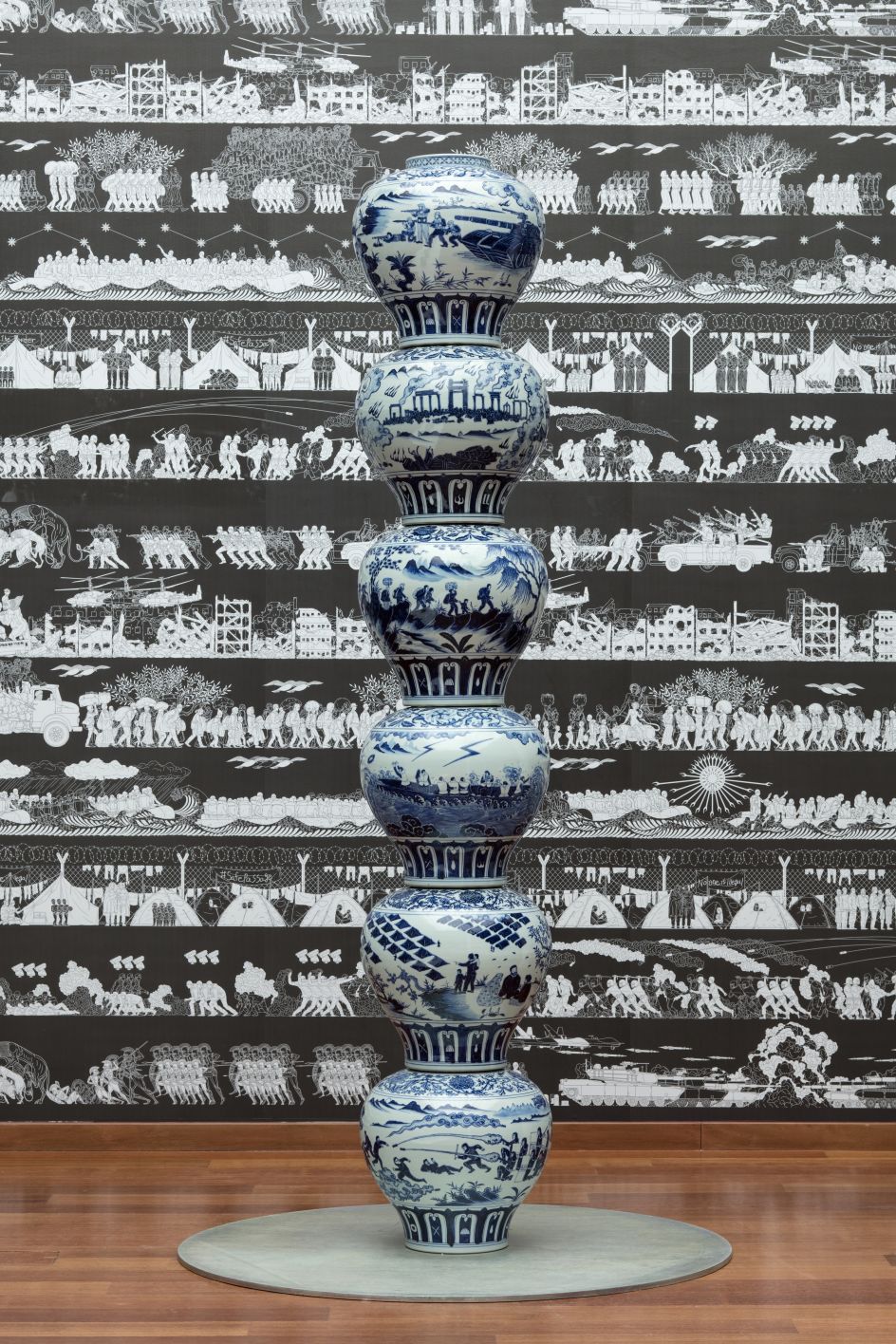
Vases with Refugee Motif as a Pillar (2017)
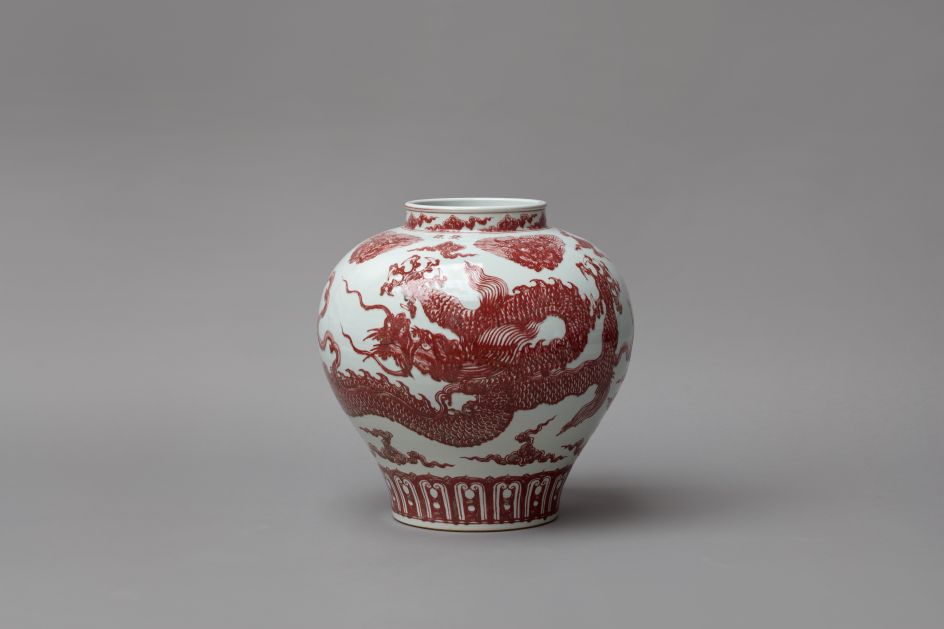
Dragon Vase (2017)




 by Tüpokompanii](https://www.creativeboom.com/upload/articles/58/58684538770fb5b428dc1882f7a732f153500153_732.jpg)


 using <a href="https://www.ohnotype.co/fonts/obviously" target="_blank">Obviously</a> by Oh No Type Co., Art Director, Brand & Creative—Spotify](https://www.creativeboom.com/upload/articles/6e/6ed31eddc26fa563f213fc76d6993dab9231ffe4_732.jpg)








